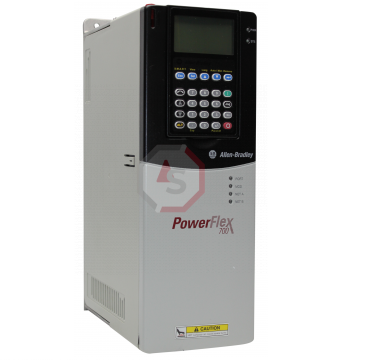Posted on 25th Mar 2023

PLC stands for Programmable Logic Controller. It is a controller that is used to implement automation in factories and other industrial settings. According to CM Industry Supply Automation, PLCs are typically used to control machines or processes that need to be regulated.
1. What is PLC?
PLC stands for programmable logic controller. It is a computerized controller that is used to automate processes in factories and other industrial settings. PLCs can be programmed to control a wide range of equipment, including machines, robots, and other automated systems.
2. What are the main features of PLC?
The main features of a PLC include its ability to send and receive data, its programming capabilities, and its Ethernet connectivity. Additionally, PLCs typically have an intuitive graphical interface that makes them easy to use.
3. What are the applications of PLC?
The applications of PLCs are vast. They can be used for everything from controlling manufacturing processes to monitoring and regulating complex electrical systems. Some of the most common applications for PLCs are in the fields of manufacturing, transportation, and electrical power generation and distribution.
4. How to choose a PLC?
There are a few things you need to consider when choosing a PLC:
1. What is the PLC's purpose?
2. How many I/O points does the PLC need?
3. What programming language does the PLC use?
Once you've answered these questions, you can begin to narrow down your choices.
5. How to program a PLC?
In order to program a PLC, you will need to have a basic understanding of how it works. PLCs are programmable devices that can be used to automate a variety of tasks. They are typically used in industrial applications, but can also be used in other settings, such as in homes.
To program a PLC, you will need to use a programming language that is specific to that PLC Control Panel. There are a number of different programming languages that can be used to program different PLCs. Some of the more common programming languages include ladder logic, function block diagram, and structured text.
Once you have learned the programming language for your PLC, you can begin to program it. The process of programming a PLC will vary depending on the programming language that you are using, but will generally involve entering commands into a text editor and then compiling the code.
Once the code is compiled, you can run it on the PLC. You will also need to create a wiring diagram for the PLC, which will show how the PLC is connected to the devices that it is controlling.
Overall, PLCs are extremely versatile and useful devices that can help to automate many industrial processes. If you are looking to add some automation to your factory or business, then a PLC may be the right choice for you.